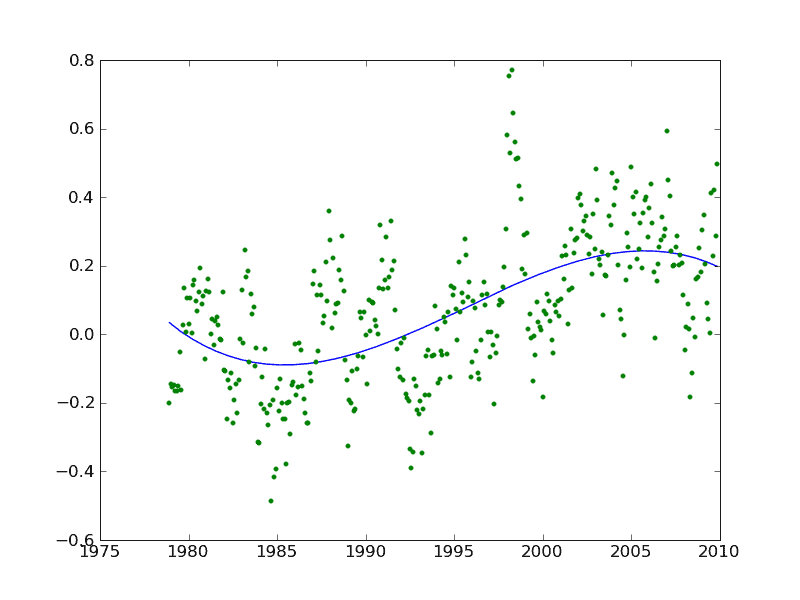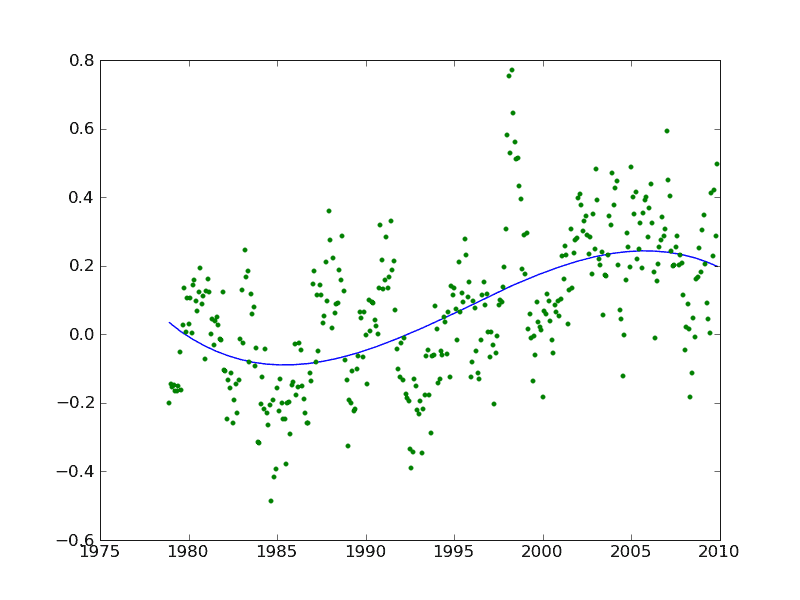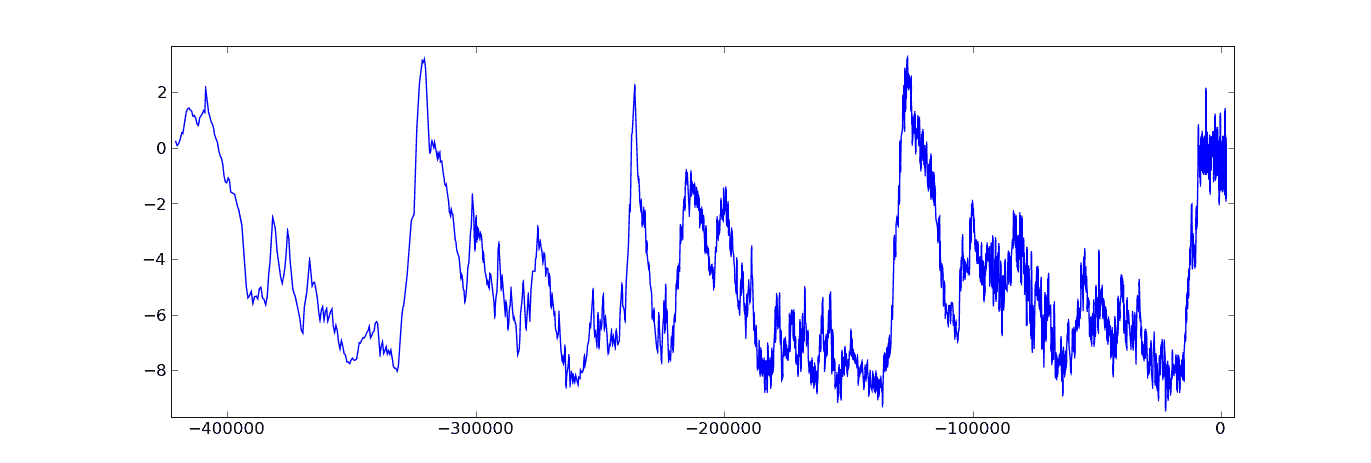Mike Treder has a post at IEET that reads like a catechism of the Gaian religion. Now I’m a firm supporter of freedom of religion and Mike has a perfect right to believe what he does and indeed to preach it to whomever will listen. (And besides, Mike is a friend of mine.) But in this particular article he takes a backhanded swipe at Foresight, linking to us from this paragraph:
Techno-rapturists among our reading audience might be quick to respond with glib answers about miraculous nanotechnology solutions that are just around the corner, or the promise of a superintelligent friendly AI who can take over everything and solve all our troubles just like Daddy would.
So I feel that it would be appropriate to set the record straight on a few points. First and simplest, the Dead Sea is a completely natural phenomenon — it is dead because it has ten times the salinity of the oceans, and the salinity is from exactly the same reason — rivers run into it, bearing dissolved minerals, but water leaves by evaporation, leaving and thus concentrating the solutes. The idea of using a picture of the Dead Sea to illustrate a paragraph about ocean acidification makes me quite skeptical of the scientific reasoning behind the rest of the article.
Let us suppose that, for example, we had been monitoring the oceanic biosphere by satellite for a decade and over that time the levels of life had fallen by 6%. That would be a clear cause for alarm and one would have to worry about acidification and other deleterious human influences. But in fact the results of such studies show that the opposite is the case. Both in the ocean and on land, plant growth, which is what can be measured directly by satellite, has increased, and this appears largely due to increased CO2 and warming. (After all, we build greenhouses for a reason.)
Mike quotes a Green angst blog that quotes a Green angst opinion piece in Nature as follows:
The Earth has nine biophysical thresholds beyond which it cannot be pushed without disastrous consequences.
Ominously, we have already moved past three of these tipping points.
There is really no scientific basis for this kind of statement. James Hansen, one of the authors of the Nature piece in question, has been making this kind of noise about runaway warming feedbacks for years. But the actual physical greenhouse effect is logarithmic. You have to postulate some completely different positive feedback to talk about “tipping points”, and no such thing has been demonstrated in the real climate system (although there is no lack of them in the computer models). In fact the icecore paleothermometry reconstructions show that there have been fairly rapid rises at the beginning of each interglacial, as if there were a positive feedback operating, but that they stop uniformly when they get to temperatures a little warmer than current, as if there were some very strong negative feedback in that part of the phase space.
Furthermore, there’s not much sign of a positive feedback acceleration in the current temperature record, either:

(This is a simple least-squares cubic fit to the satellite temperature record (UAH global monthly averages) to date.) For there to be a dominant positive feedback (there are plenty of minor ones), it would have to be something that operates on longer timescales than the PDO/ENSO oscillations (and thus longer current GCMs can model accurately). Regarding which this pithy remark in one of the climategate emails:
Without trying to prejudice this work, but also because of what I
almost think I know to be the case, the results of this study will
show that we can probably say a fair bit about <100 year
extra-tropical NH temperature variability (at least as far as we
believe the proxy estimates), but honestly know fuck-all about what
the >100 year variability was like with any certainty (i.e. we know
with certainty that we know fuck-all).
So, what’s the difference between a Gaian take on Sinners in the Hands of an Angry Earth, and a reasoned scientific stance? One main difference is the degree of certainty which is attached to the statements. Another is the moral coloration given to any human influence. The main reason I object to that is the attempted disguise of the coloration as scientific projections of physical effects. It would be perfectly fine to say, as other religions do, that men are born evil and we should all take vows of poverty because it is harder for a camel to go through the eye of a needle than a rich American to enter the kingdom of heaven.
There are, of course, deleterious effects to human operations and expansion over the Earth’s surface. If we pave over the whole planet, it would be a pretty bad thing. The satellite biosphere inventories show that, indeed, life is contracting in some areas while expanding in others. There are limits to virtually every form of human impact, from emitting CO2 to building suburban homes and mowing the grass. But by and large the effects are proportional to the cause: we do more stuff, things get worse in some regard (polluted waters, for example), the effects are noticed, and the causes are backed off from. But there’s very little reason to believe that we’re sitting in a circle of traps where one false step in any direction will result in certain doom.
Would it be nice to save the Earth as a park and wildlife preserve? I personally happen to think so. Indeed, I live in the remote mountains where I can’t see another human habitation from my windows, putting up with considerable inconvenience to do so because I like the natural environment more than cities or suburbs. But the only way that will happen in a realistic projection, is for the substantial mass of humanity and industry to move into space (or cyberspace or the equivalent). And that will require nanotech.

